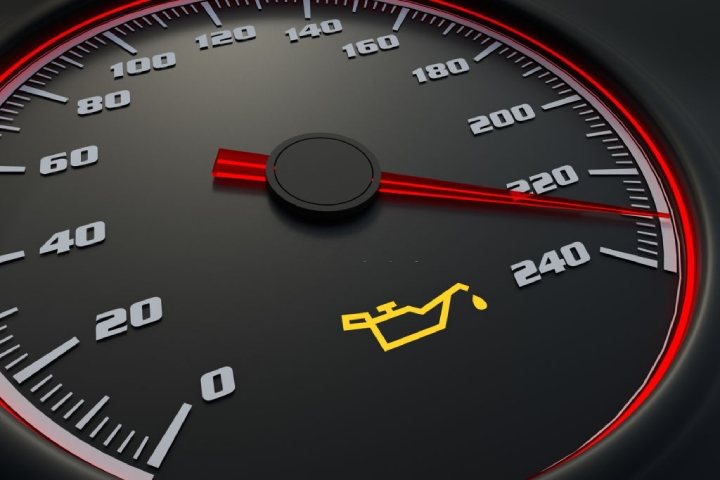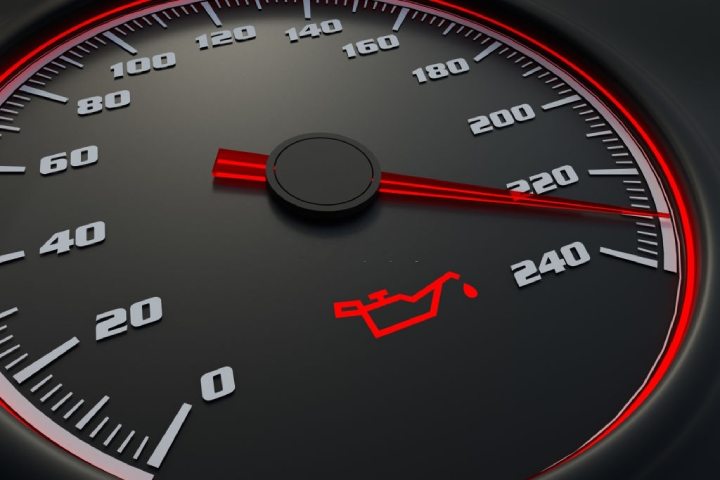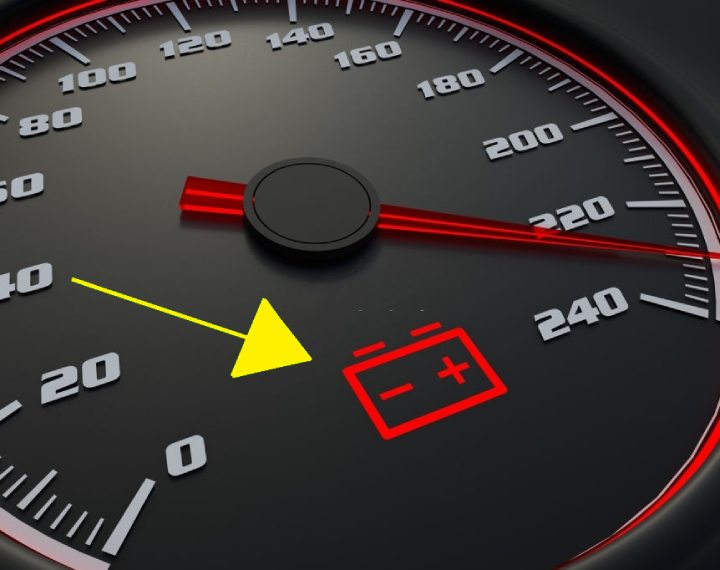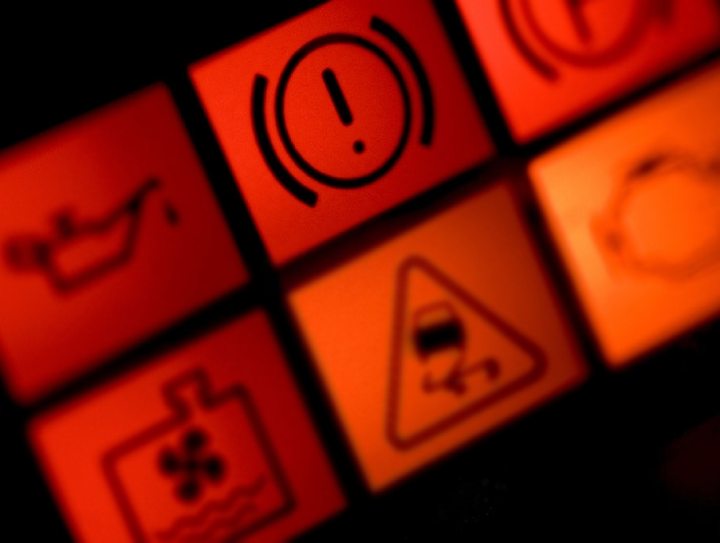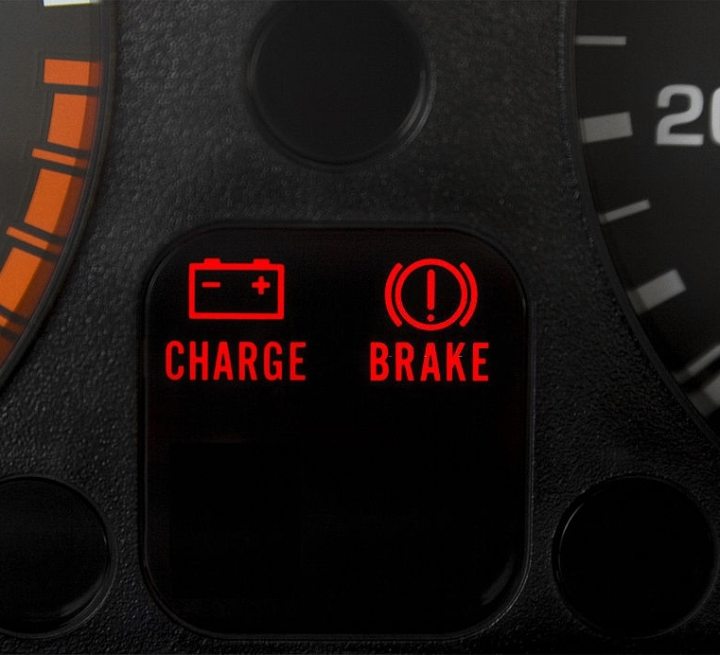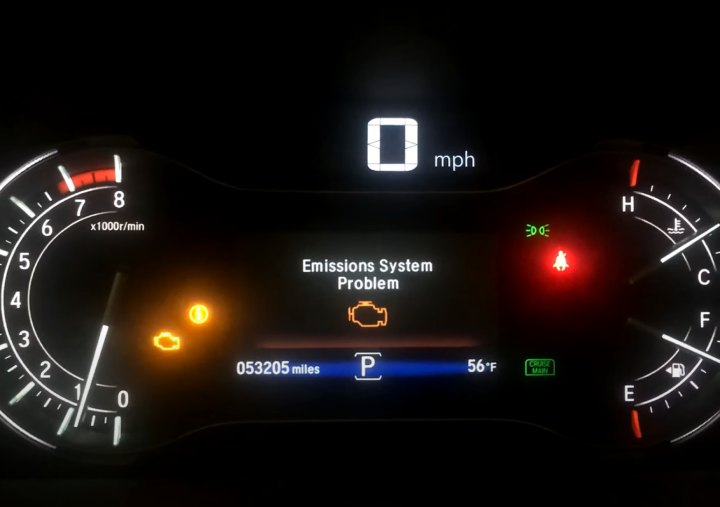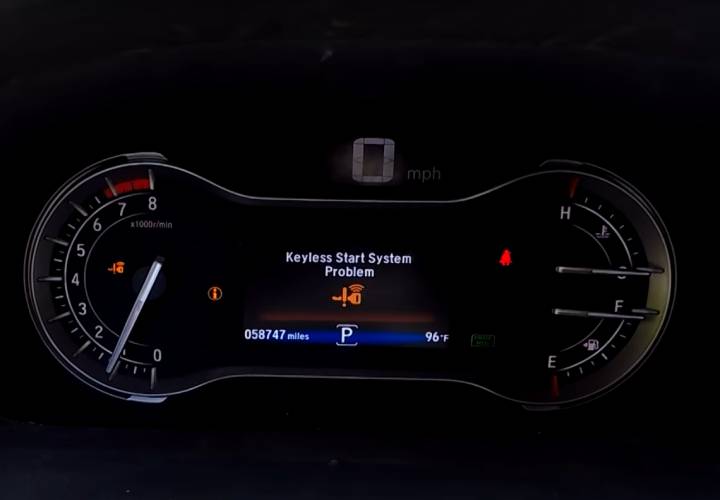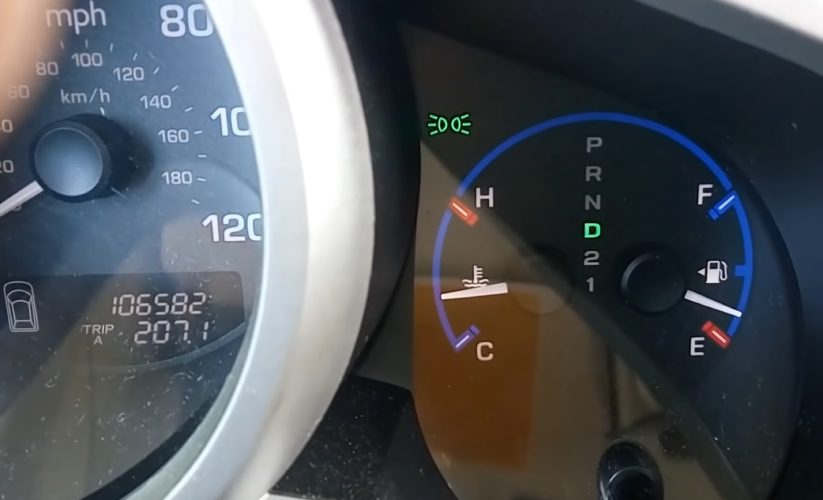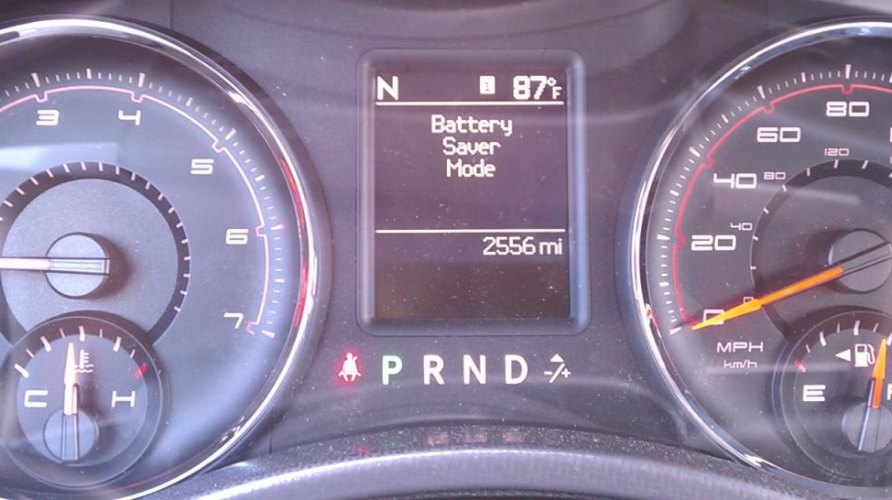You hop in your Nissan, ready to head out for the day. But when you put it in drive, a warning message pops up on your dashboard saying something like “Unavailable Front Radar Obstruction” or “Clean Front Radar Sensor.”
This kind of message can be puzzling and concerning. What does it mean and what should you do about it? Let’s take a closer look at some potential causes and solutions for radar obstruction warnings.
Why Does My Nissan Keep Saying “Unavailable Front Radar Obstruction”?
The “unavailable front radar obstruction” warning indicates your vehicle’s radar sensor is blocked or malfunctioning, disabling safety features like automatic braking. Causes include debris, snow, faulty parts, thick paint, and interference.
To fix, clean the sensor, replace damaged parts, recalibrate the system, and wait for weather to clear. But radar sensors have limitations in rain, snow, and detecting stationary objects that users should be aware of. Consult your owner’s manual or dealer if the obstruction warning persists.
Possible Causes
Dirt, Debris, Snow, or Ice
One of the most common triggers for this type of warning is some kind of dirt, debris, snow, or ice that has accumulated on and around the front radar sensor. This special sensor is located behind the grille or front bumper on most newer vehicles. It provides data to your car’s safety features like automatic emergency braking, adaptive cruise control, lane keep assist, and more. But if its field of vision is blocked, it can’t properly detect other vehicles and objects around you.
Over time, dirt and dust can build up on the radar sensor behind the grille. Things like dead bugs, road salt, mud, and grime can all coat the sensor and interfere with its radar signals. Similarly, snow and ice from winter weather can block the sensor too. Even a small amount of accumulated gunk, just a few millimeters thick, can be enough to inhibit radar functionality. That’s why your car might sporadically warn about front radar obstructions, especially if you drive in wintry conditions.
To resolve, thoroughly clean the front radar sensor and make sure the whole area around the sensor is free of dirt, debris, snow, and ice. Be very gentle when cleaning the actual sensor, avoiding scratching or damaging it. Check your owner’s manual for any specific cleaning instructions. Some automakers recommend avoiding chemical cleaners or abrasive scrubbing pads. Cleaning with a soft brush and warm, soapy water is usually sufficient to clear away gunk without harming the sensor.
Heavy Rain or Road Spray
Driving in the rain can also trigger a blocked sensor warning due to interference from heavy raindrops or road spray. The water droplets diffract and scatter the radio waves emitted by the radar sensor. With enough rain or splashback from wet roads, the sensor can struggle to detect objects through the “noise” created by all that water. Humidity and condensation may also inhibit radar functionality.
When driving in heavy rain, be extra attentive in case the reduced radar capability impacts your vehicle’s safety features. Try to avoid hydroplaning conditions where lots of road spray could further obscure the sensor. Once the inclement weather passes, the sensor should begin working properly again. Blasting the sensor with high pressure water after driving in the rain can help clear any residual moisture.
Related content: Key System Error In Nissan Altima: Causes & Fixes
Faulty, Damaged, or Malfunctioning Sensor
Sometimes the radar sensor itself is the culprit. Like any complex electronics, radar sensors can fail or malfunction over time. Vibration, impact damage, electrical issues, failed components, and normal wear and tear can all degrade the performance of the sensor. In some cases, an object striking the bumper can knock the radar sensor out of proper alignment too. Even bird droppings or other corrosive substances on the sensor may eventually take a toll, obstructing its critical functionality.
If you’ve ruled out simple external obstruction or interference, it’s possible the radar sensor needs replacement or professional service. Consult your owner’s manual or auto dealer to pinpoint the sensor location and troubleshoot issues. Radar sensor replacement often requires specialized tools and setup. Prices range from around $500 up to $1,500 or more, depending on the vehicle make and model. Some automakers also issue occasional radar sensor recalls, so check for any applicable service bulletins. Addressing a faulty radar promptly prevents bigger problems down the road.
New Paint or Thick Paint Layer
Here’s one you might not expect: fresh paint or a thick paint layer over the front bumper. Newly applied paint, especially in multiple heavy coats, can affect radar signals. Even high-quality paint contains metallic compounds that can cause interference. As paint cures and dries, its radar-reflecting properties change too. Some automakers warn against applying paint layers more than 2 to 3 mm thick near radar components. Even decals, pinstripes, or wraps could potentially obstruct radar.
Before having the front bumper repainted, talk to the body shop about radar sensor precautions. Ask them to follow guidelines from your vehicle manufacturer. Only apply as much paint as necessary. If your freshly repainted car is showing radar errors, try driving for a few days to allow the paint to fully cure. The interference should diminish over time in most cases. A software update or sensor recalibration at the dealership may also help overcome any residual radar obstruction.
Nearby Radar Sources
Even nearby objects emitting radar signals can sometimes cause interference with your car’s radar sensor. For example, driving near certain military installations, airports, maritime ports, or meteorological sites that use radar could trigger the warning light. Large commercial trucks equipped with radar-based braking systems could also be a source of interference in some cases.
Try to avoid prolonged driving alongside or in close proximity to large radar installations to prevent chronic radar obstruction warnings. Steering clear of dense concentrations of commercial trucks may help too. There isn’t much else you can do to prevent intermittent radar issues near legitimate radar sources. But the problem should clear up once you’ve driven away from the area.
Consequences of Radar Obstruction Warning

You’re driving down the highway when suddenly the car slams on its brakes for no reason. Just as quickly, it resumes normal speeding as your heart tries to escape your chest. Annoying right? But that harmless braking fail could turn hazardous if a real obstacle appears and your car doesn’t see it coming. When warnings say the radar sensor is obstructed or disabled, it’s time to take action. Here’s why those alerts matter.
Collision Avoidance Systems Disabled
Modern vehicles have amazing collision avoidance technologies. Radar sensors and cameras enable features like forward collision warning, automatic emergency braking, adaptive cruise control, and more. But they only work properly when sensors have an unobstructed view of the road ahead.
The front radar sensor constantly scans for potential collisions. If it detects a stopped car or object right in your path, it initiates a warning. The car pre-pressurizes brakes and prepares to stop. If you don’t brake in time, automatic emergency braking kicks in to prevent an imminent crash. The radar sensor may also adjust your speed automatically to maintain a safe distance from the car ahead.
When the radar sensor is blocked by snow, ice, dirt, or other obstructions, it can’t see. Your car assumes the sensor isn’t working and disables connected safety features. Now you lose that extra layer of collision protection. Warnings, automatic braking, and adaptive cruise control all turn off. A clear radar sensor is crucial for activating these protective driving aids when you need them most.
Related content: P1148 Code Nissan: Causes, Symptoms, and How to Fix
Increased Collision Risk
Numerous studies show vehicles equipped with collision avoidance technologies are involved in fewer crashes. For example, automatic emergency braking reduces rear-end collisions by 40%. Disabling these features by ignoring radar blocked warnings puts you in greater danger on the road.
A radar-based system can detect stopped traffic and activate emergency braking much faster than human reaction times. It acts as a backup when your attention wanders or you’re distracted. But without it, you alone are responsible for braking appropriately. Longer stopping distances make rear-end crashes more likely.
Likewise, adaptive cruise control helps you maintain a safe following distance to prevent collisions. When the radar shuts off, you have to constantly monitor speed and spacing yourself. Approaching slowed or stopped traffic ahead is riskier without automated adjustments. Obstructed sensors deprive you of an extra safety net when driving.
False Warnings and Braking
Some cars will continue issuing collision warnings even if the radar is partially blocked. However, these warnings may be inaccurate and come much later than normal. False positives where your car brakes needlessly are also common.
If the radar’s field of vision is only 50% obstructed, it might sense objects later than intended. The collision alerts happen at the last second instead of giving you plenty of time to react. You may brake harder than necessary, which could lead to getting rear-ended.
In other cases, the obstruction causes the radar to misinterpret normal driving conditions. For instance, an overpass might register as stopped traffic ahead and trigger unnecessary automatic braking. These “phantom” obstacles aren’t real threats yet still affect your car’s performance.
Over time the stress of constant false alarms may cause you to ignore warnings altogether. But when a true hazard appears, you might not react quickly enough without the sensor’s advice. Keeping the radar fully operational reduces this risk.
How to Fix “Unavailable Front Radar Obstruction” Error?
So what can you do to fix this error? There are a couple of tricks that you can try.
Clean Around the Sensor
The most common radar obstructions come from dirt, debris, snow, and ice accumulating around the sensor. Take time to thoroughly clean the front grille and bumper area where the radar sensor is located. Carefully wipe away any built-up grime, salt, mud, dust, or particles clogging the sensor. For snow and ice, let the vehicle interior heat melt any accumulation first before gently brushing away the rest. Avoid using sharp tools or excessive force which could damage the sensor. Regular cleaning helps prevent gradual build-up that leads to alerts.
Check for Sensor Damage
Sometimes the radar sensor itself is the problem due to damage, malfunctions, or normal wear and tear. If the area looks clean but warnings persist, inspect for any cracks, dents, or misalignment that could indicate sensor damage. Bird droppings or other corrosive gunk can also degrade performance over time. Compare the sensor to the opposite undamaged side to spot any obvious physical issues.
Faulty electrical connections, failed components, and alignment problems may not be visible but require repair too. Consult your owner’s manual or dealership if you suspect an internal sensor malfunction. They can diagnose issues and replace the sensor if needed. This usually resolves chronic or unexplained radar obstructions.
Related content: P1610 Nissan: Meaning, Causes, Symptoms, and Fixing Cost
Verify Paintwork
Fresh paint or thick layers on the front bumper can also interfere with radar signals. The metallic compounds in paint refract radio waves away from the sensor. Before repainting, discuss radar precautions with the body shop. Only apply paint as directed by your vehicle manufacturer, usually no more than 2 to 3mm thick. If problems arise after new paintwork, allow ample curing time for interference to diminish as paint fully dries.
Wait Out Rain and Spray
Driving in heavy rain or road spray can temporarily obstruct radar sensors. The “noise” of water droplets diffracts signals, inhibiting object detection. But don’t rush to clean off raindrops – simply allow time for the inclement weather to pass. The radar will clear on its own once wet conditions subside. High pressure water can help rinse away residual moisture if desired. Take care when driving in the meantime since safety features may be reduced.
Get Professional Sensor Recalibration
If mystery radar obstructions persist, a sensor recalibration could be the answer. Even a properly functioning radar can be knocked out of alignment over time. Take your vehicle to the dealership where diagnostic computers can precisely realign the sensor. The tech basically trains the radar to “see” straight again, eliminating false obstructions. A software update may also help if available for your model. This restores full performance so you can count on radar-based features.
FAQ
Is it safe to drive with the front radar obstructed?
No, it is not recommended. With the radar obstructed, collision avoidance systems and driver aids will be disabled, increasing the risk of an accident. Proceed with caution to a repair facility.
Can I permanently disable the radar obstruction warning?
No, this warning is critical for safety and should not be disabled. Doing so may also disable important safety features. The obstruction itself needs to be addressed.
Will washing the car damage radar sensor and result in an “Unavailable Front Radar Obstruction” error?
No, you can safely wash your car without damaging radar sensor. Avoid aiming high pressure jets directly at sensor. Hand washing the sensor area is recommended.
How much does it cost to replace faulty front radar sensor?
Front radar sensor replacement typically costs $500-$1500 including labor, depending on vehicle make and model. Check with your dealer for exact repair cost.
What’s the difference between front camera obstructed vs radar obstructed?
Camera obstruction only affects features like lane departure warning while radar obstruction disables collision avoidance systems. Both sensors are important to address promptly.
How to prevent front radar sensor from getting obstructed?
Regularly clean front bumper/grille, avoid thick paint layers over sensor, address any sensor damage immediately, and limit driving in heavy rain/snow. Gently wipe sensor after wet drives.
Sources
2020 MAXIMA OWNER’S MANUAL and MAINTENANCE INFORMATION
Engineering Coordinator with 5+ years of experience in the automotive manufacturing industry. Currently supporting vehicle development and new model launch activities at Honda Development and Manufacturing of America. Skilled at managing engineering teams, overseeing prototype builds, coordinating testing, and driving continuous process improvements. LinkedIn

